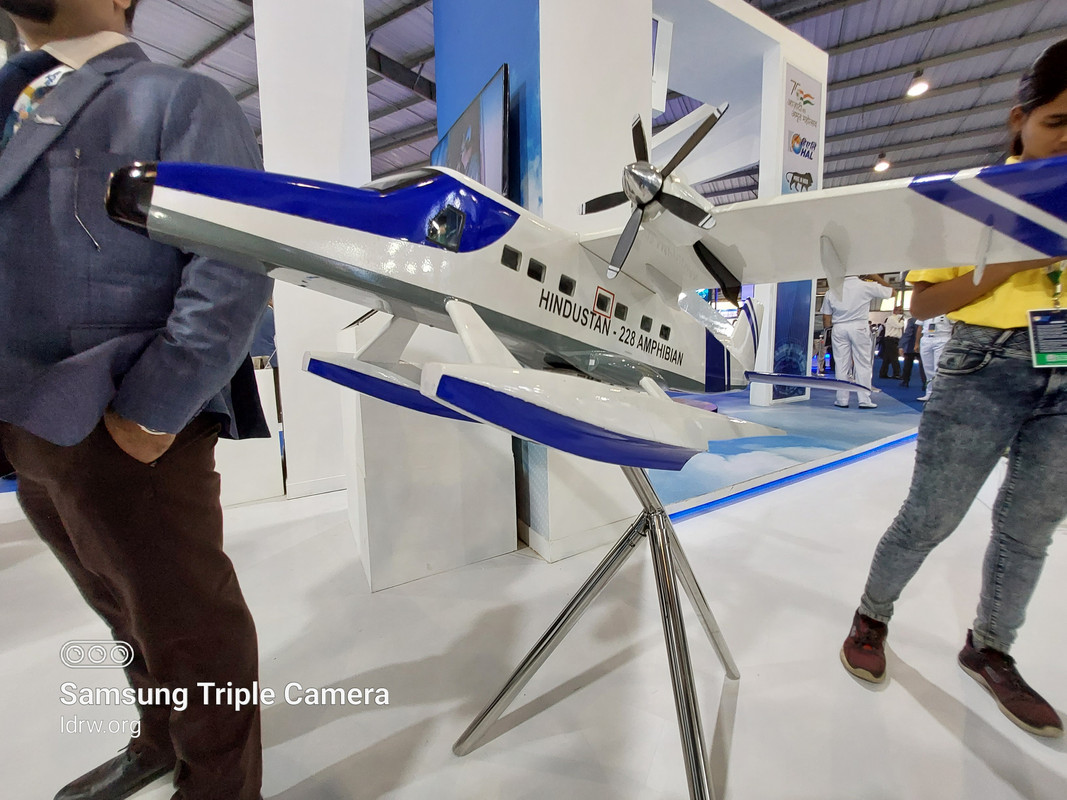SOURCE: IDRW.ORG TEAM

Hindustan Aeronautics Limited (HAL), India’s state-owned aerospace and defense giant, has set its sights on a new horizon: the Hindustan 228 Amphibian. This ambitious project aims to develop a civilian variant of the Dornier Do-228 seaplane, addressing the need for efficient connectivity between India’s mainland and its island chains.
India boasts a vast coastline dotted with strategically important islands, including the Andamans and Nicobars in the Bay of Bengal and the Lakshadweep islands in the Arabian Sea. However, accessing these islands often presents logistical challenges, with travel options mainly limited to ships and helicopters. The Hindustan 228 Amphibian has the potential to revolutionize island connectivity, offering a faster, more weather-independent, and cost-effective solution.
The Hindustan 228 Amphibian draws inspiration from its land-based cousin, the 19-seater Hindustan 228. This aircraft already plays a crucial role in India’s UDAAN regional connectivity scheme, providing vital air links to remote and underserved areas, particularly in the Northeast. By leveraging the existing platform and expertise, HAL aims to expedite the development process and minimize costs.
Key Features:
- Amphibious Capability: The aircraft will be equipped with floats and retractable landing gear, enabling it to take off and land both on water and land. This versatility opens up a myriad of landing options, including airstrips, lakes, and rivers, significantly improving accessibility.
- Impressive Performance: The Hindustan 228 Amphibian boasts a maximum take-off weight of 6400 kg and a range of up to 1083 km with maximum fuel. This translates to the ability to carry a significant payload over long distances, catering to passenger and cargo needs alike.
- Short Take-Off and Landing (STOL) capabilities: The aircraft’s design prioritizes short take-off and landing distances, making it ideal for operating in smaller airstrips and remote locations.
While the primary focus lies on connecting India’s islands, the Hindustan 228 Amphibian holds broader potential. Its amphibious capabilities make it well-suited for disaster relief operations, search and rescue missions, and coastal patrolling. Additionally, it could be utilized for tourism and recreational activities, further boosting regional economies.
HAL is currently collaborating with foreign partners to refine the design and technology for the Hindustan 228 Amphibian. While challenges remain, including regulatory hurdles and certification requirements, the project holds immense promise for enhancing India’s maritime connectivity and unlocking the potential of its island territories.
NOTE : Article cannot be reproduced without written permission of idrw.org in any form even for YouTube Videos to avoid Copy right strikes. Websites doing illegal reproductions will get DMCA and Legal Notices.